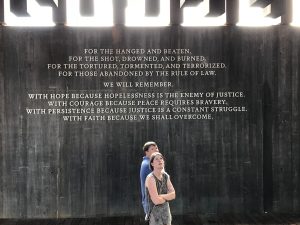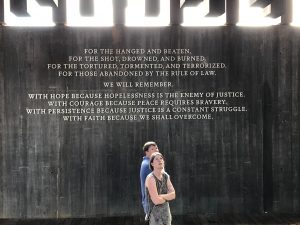
When former President Donald Trump moved out of 1600 Pennsylvania Avenue in Washington, D.C. he took fifteen boxes of stuff with him that he stored at his Mar-a-Lago home in Florida. Someone tipped off the FBI that the boxes were stashed in some closets. Who might that have been is one of the matters the FBI and the Department of Justice wish to keep confidential. That information is most likely part of what was redacted from the Affidavit that was filed with the application for the Search Warrant. We in the general public, therefore, do not know who the source was; I certainly do not. However, I do have a theory for your consideration, Gentle Reader.
It is reported that the 15 boxes contain governmental documents with news articles and magazines interspersed. Who would be concerned with such stuff being left sitting around the house? If The Donald is like most husbands, he probably does not get exorcised over a few extra items thrown into an attic, a basement or a closet. However, if Melania is anything like Peg, she takes a dim view of stacks of stuff cluttering up her house.
I remember when Peg and I last moved she took it as an opportunity to jettison a great deal of what I held dear, such as stories about my youth and old files from legal cases long forgotten. Anytime I was not vigilant Peg would trash my treasures to make room for her new acquisitions in our new residence. Clutter is to Peg as the contents of the Augean Stables were to Hercules and it seems most of what I hold dear as personal history Peg decrees to be stable staples. We are in a perpetual yang and yin of store or shovel when it comes to my inclination to preserve what Peg sees as dross. My guess is Donnie and Melania live a similar dynamic.
Now I do not know what was in the boxes. I do know the stuff sat around Florida from when the Trumps left Washington on January 28, 2021 and the country seemed to chug along okay until August 08, 2022 when the Search Warrant was executed. The stuff in the boxes did not seem to affect America’s decision to send billions of dollars of military equipment to help Ukraine defend the war against Russia’s invasion. It is probably what the psychologists would call my retrogressive inhibitions from the 1960’s, but for some reason visions of Viet Nam and Afghanistan keep muddling around in my brain. The contents of the boxes may be of no more significance than the contents of the file cabinets I struggled to schlepp down three flights of steps from my attic in our old home and haul to a barn at our new one.
That is not to say Donald should not turn them over to the National Archives. Maybe they are important, or not, but they still belong to all of us. And I wonder if Melania may not have been that unhappy to see the closet doors open for the FBI to haul the offending boxes away so that they have now become the National Archives’ problem instead of hers



